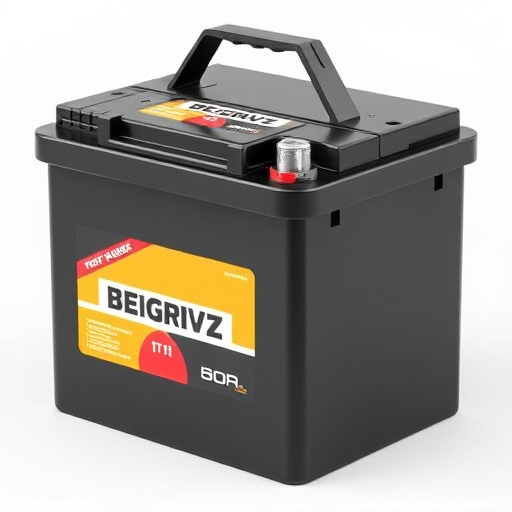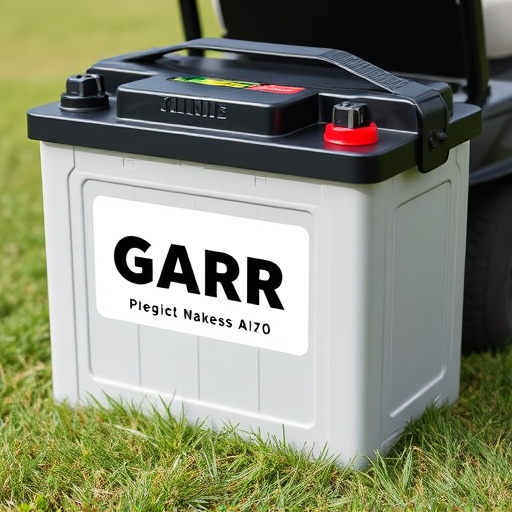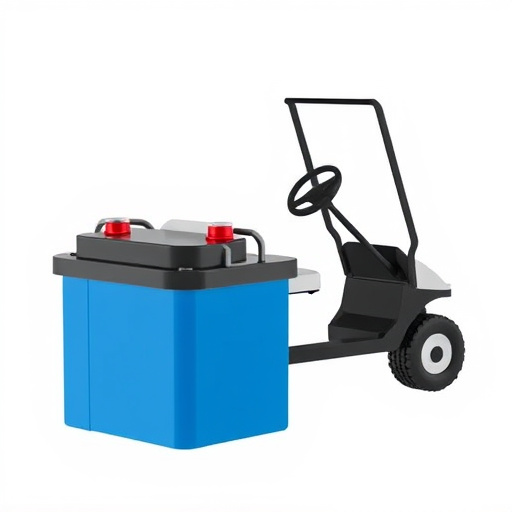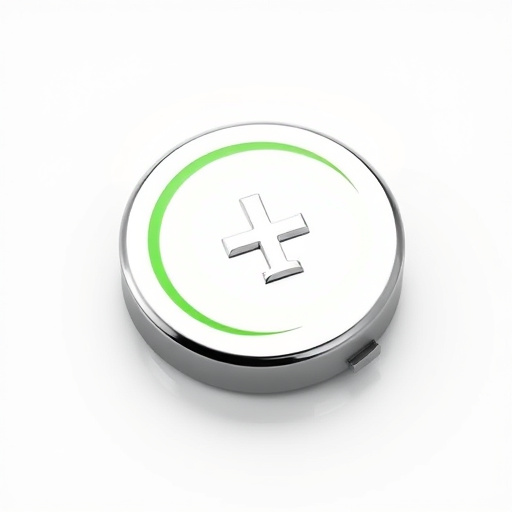Replace batteries seem simple, but compatibility goes beyond size. Battery chemistry, voltage, and current capacity vary, affecting performance. Lithium-ion batteries require specific charging protocols, and device designs may render off-the-shelf replacements incompatible. For car batteries, the right tools are essential for safety and efficiency. Always diagnose issues thoroughly, choose correct replacement parts matching specs, and follow manufacturer guidelines. Prioritize safety with proper ventilation, protective gear, fire extinguishers, and adherence to electronic waste recycling rules when replacing batteries.
Unsure about replacing your old battery? This guide clarifies common myths and provides essential insights for a successful DIY task. From understanding compatible replacements to making safe handling a priority, we demystify the process. Learn about the right tools, potential mistakes to avoid, and crucial safety precautions. Empower yourself with knowledge before you embark on replacing your battery—it’s easier than you think!
- Debunking the Myth: Can You Replace Any Battery?
- The Right Tools for the Job: What You Need to Know
- Common Mistakes to Avoid During Replacement
- Safety First: Precautions When Handling Batteries
Debunking the Myth: Can You Replace Any Battery?

Many people believe that as long as they have the right size, any battery can be replaced easily. However, this isn’t entirely true. Not all batteries are created equal, and their replacement processes vary greatly. While it’s true that replacing a battery involves removing the old one and installing a new one of the same size, compatibility goes beyond just dimensions. Batteries differ in chemistry, voltage, and current capacity—crucial factors that determine how they perform and interact with devices.
For instance, lithium-ion batteries, common in smartphones and laptops, require specific charging protocols and cannot be replaced with older battery types. Additionally, some devices have unique battery designs or use proprietary parts, making them incompatible with off-the-shelf replacements. Always check your device’s manual or consult a professional to ensure the right battery type and safe replacement procedures are followed.
The Right Tools for the Job: What You Need to Know

When it comes to replacing essential components like a car battery, having the right tools is crucial for ensuring a smooth and safe process. While many stores offer various kits, understanding what’s truly necessary can save you time and money. A basic set should include a new battery of the correct voltage and size, gloves for safety, and possibly a tool to loosen corroded terminals on your old battery. For more complex vehicles, you might need additional tools like a socket set, wire strippers, and even a battery holder to safely lift and support the heavy component.
Choosing the right tools isn’t just about functionality; it’s also about convenience. Using inappropriate tools can lead to damage or injury. Always double-check that your chosen tools are compatible with your vehicle and the specific battery replacement process. This simple step ensures not only a successful replace but also prevents any potential hazards associated with incorrect tool selection.
Common Mistakes to Avoid During Replacement

When undertaking a replacement, whether it’s a replace battery or any other component, it’s crucial to steer clear of common pitfalls that can lead to suboptimal results. One frequent mistake is failing to diagnose the root cause of the issue. Simply swapping out a part without understanding why it failed can result in recurring problems. Always take time to assess and address the underlying cause for lasting solutions.
Another blunder is selecting the wrong replacement part. Ensure you acquire a compatible unit that matches your device’s specifications precisely. Using an incorrect battery type or size can lead to damage, reduced performance, or even safety hazards. Double-check the manufacturer’s guidelines and specifications before making a purchase.
Safety First: Precautions When Handling Batteries

When considering a replace battery operation, safety should always be the top priority. Batteries contain hazardous materials and can pose significant risks if mishandled. Before attempting any battery replacement, ensure proper ventilation in your workspace and wear protective gear, including gloves and goggles. Keep fire extinguishers nearby as a precaution against potential sparks or short circuits.
When disposing of old batteries, follow local guidelines for electronic waste recycling to prevent environmental contamination. Never throw them away with regular trash. Additionally, be cautious when handling charged batteries; always discharge them safely before replacement to avoid the risk of explosion or chemical leaks. Proper precautions will ensure a smooth and secure replace battery process, safeguarding both your well-being and the environment.
When it comes to replacing a battery, understanding the process and taking precautions are key. By dispelling common myths, arming yourself with the right tools, and steering clear of typical mistakes, you can confidently tackle this task. Remember, proper handling and safety measures ensure not only your well-being but also the longevity of your device. So, whether it’s a car battery replacement or a phone battery swap, knowledge is power, and with these insights, you’re ready to navigate the process smoothly.
